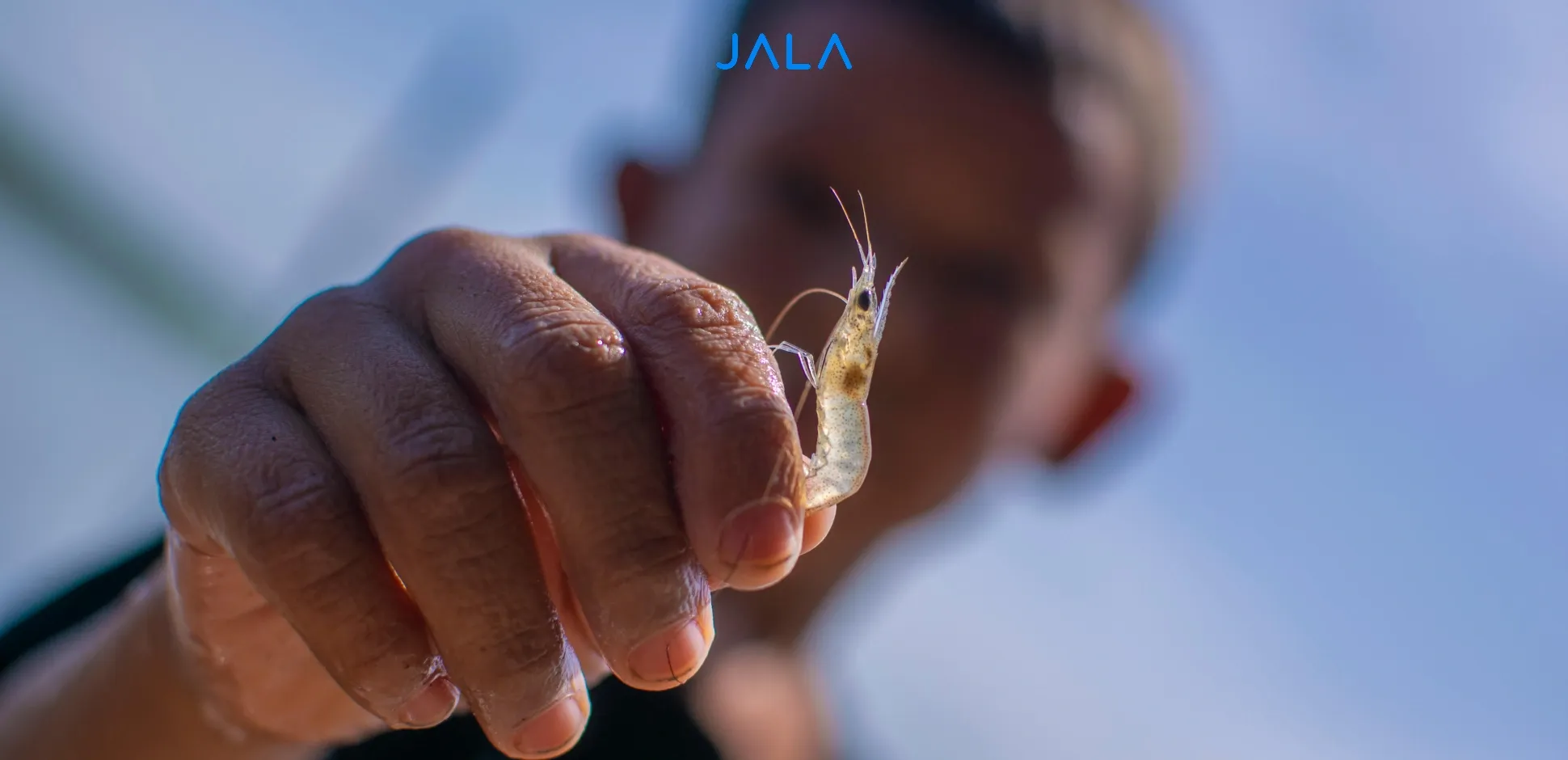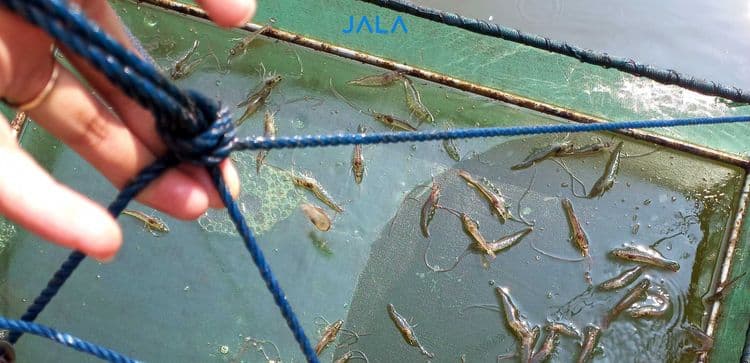
For shrimp farmers, staying a step ahead of potential health issues is key to running a productive and profitable cultivation. Among the conditions shrimp can encounter is Infectious Myonecrosis, caused by the Infectious Myonecrosis Virus (IMNV). The virus’ method of infection may be complex, but early detection tools make it straightforward to confirm healthy stock from the start.
IMNV primarily affects muscle tissues in shrimp, particularly the skeletal muscles, and occasionally impacts cardiac muscles and other organs. When shrimp are infected, symptoms can range from subtle discoloration in their tail muscles to more visible signs like reddish lesions on their bodies. However, these symptoms only show up when the virus has already established itself in the shrimp population, which is why early detection is so valuable. Regular surveillance can offer insights before any visible signs appear, enabling you to act promptly and maintain a thriving pond environment.
Learn more: Infectious Myonecrosis Virus in Genics’ Pathogen Guide
Why Early Detection is Essential
One of the most important tools for keeping IMNV in check is regular pathogen surveillance. By screening shrimp fry before introducing them into ponds, you can catch any signs of the virus early and make an informed decision about the health of your shrimp stock. Early detection means you’re not just reacting to issues but proactively managing your pond’s health.
Screening broodstock producers or hatcheries from which you obtain shrimp fry is also another way to determine the potential risk or presence of IMNV in shrimp fry from a facility. There are advantages of screening broodstock in that you can take destructive samples once they have finished their reproductive duration, allowing target organs such as the lymphoid organ to be sampled which helps to increase the ability to detect low level pathogens.
Effective early detection provides valuable insights up to four weeks before clinical symptoms appear. This window offers critical time to take action, ensuring that healthy shrimp can continue growing without disruption. Early screening also means you can avoid introducing IMNV into your production systems or other parts of your farm, giving you confidence in your stock’s health and robustness.
The Value of Surveillance Testing and Biosecurity
When you’re able to catch IMNV early, your options for preventive action expand significantly. Testing systems that provide early pathogen detection allow you to separate any potentially infected shrimp from the rest of your stock, reducing the risk of spread. Testing is a simple and effective first step towards biosecurity, ensuring each tank or pond is a safe environment for your shrimp to grow.
Implementing biosecurity measures around IMNV isn’t just about protection — it’s about maintaining steady productivity. For example, by selecting IMNV-negative shrimp fry or broodstock and practicing regular pond monitoring, you can create a healthier environment that supports robust growth and minimizes risks associated with viral infections.
One of the simplest strategies is to keep the environment stress-free for your shrimp, which can go a long way in reducing susceptibility to viruses. Avoiding sudden changes in temperature, maintaining consistent water quality, and managing stocking density are all great ways to keep your shrimp thriving.
Building Long-Term Resistance and Health Management
Good pond management practices go hand-in-hand with testing for IMNV. Proper monitoring and maintaining biosecurity measures help strengthen your shrimp stock over time. Investing in these measures now can reduce your risk of IMNV in the future. Testing isn’t just a one-time fix — it’s part of a larger health management plan that includes regular checks and biosecurity improvements.
In addition to regular testing and proactive management, some farms also pursue breeding strategies that prioritize virus resistance. By selecting broodstock and shrimp fry from programs that focus on resilience and tolerance, farmers can further secure their ponds against potential issues. Good sanitary management practices, like cleaning equipment between ponds and restricting pond access, contribute to a healthier environment that supports steady, high-quality yields.
Making IMNV Testing Work for You
Testing for IMNV doesn’t have to be complex or costly. For those seeking a budget-friendly approach, sample pooling allows you to group samples for IMNV testing, making it more affordable without compromising accuracy. Non-destructive testing methods, like taking pleopod samples from broodstock, can also offer valuable insights without harming your high-value shrimp.
Ultimately, early detection screening for IMNV is a proactive approach that pays off in productivity and peace of mind. By knowing the health status of your shrimp from the start, you can build a stronger, more resilient stock and keep your farm running smoothly. Regular surveillance testing helps you stay in control, knowing that each pond is primed for success.
About Genics
Genics is an Australian biotechnology company focused on the development of the world's most advanced early pathogen detection and breeding program services, supporting global food security goals and biosecurity measures. Genics proprietary pathogen detection offering, Shrimp MultiPath™ is the world's most comprehensive pathogen detection tool for shrimp farming, offering unparalleled accuracy and speed. With operations in over 50 countries, Genics combines cutting-edge technology, rigorous scientific research, and partnerships with global leaders like CSIRO and Weatherbys Scientific to deliver early disease detection and comprehensive genetic analysis for shrimp.





